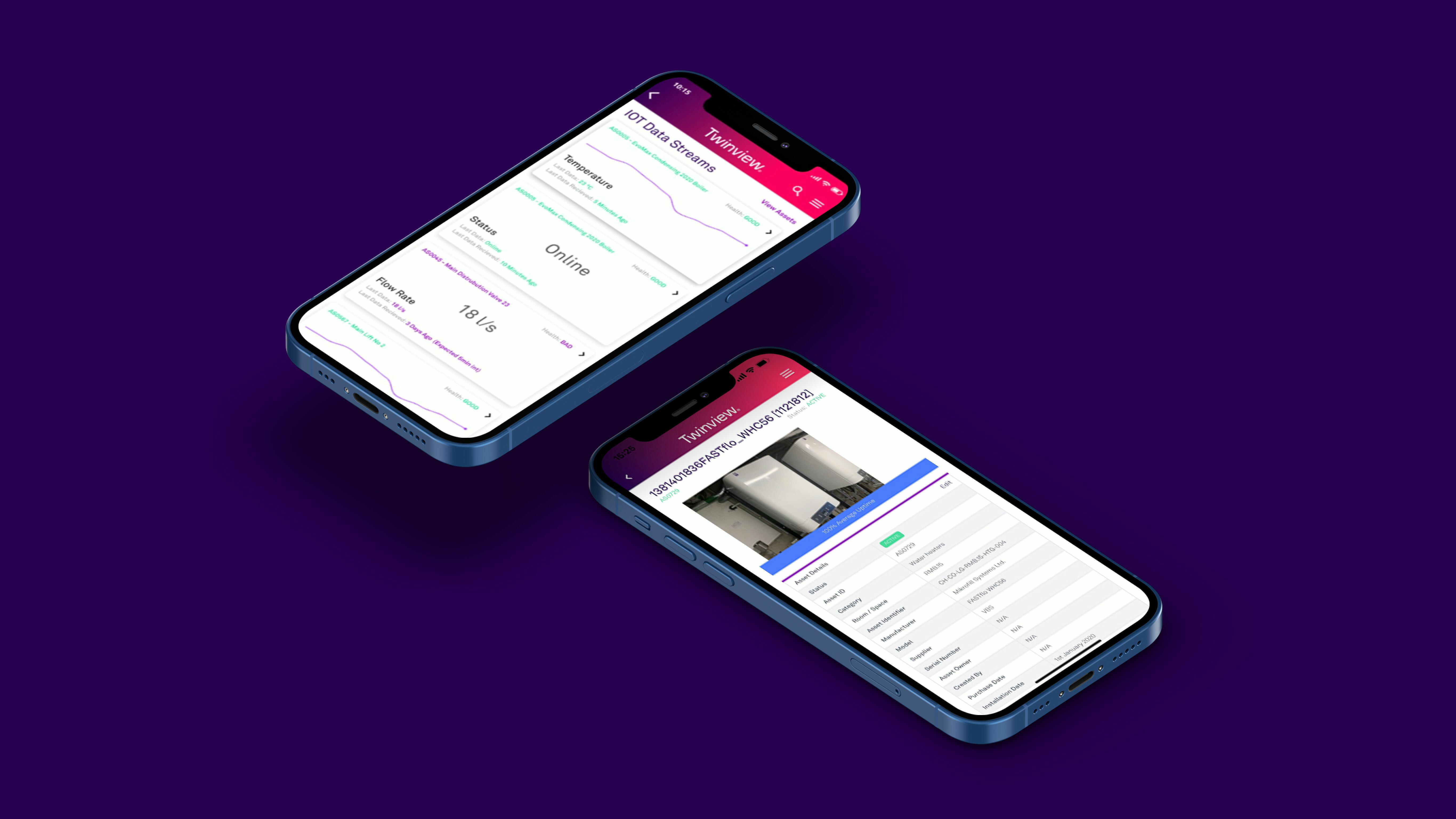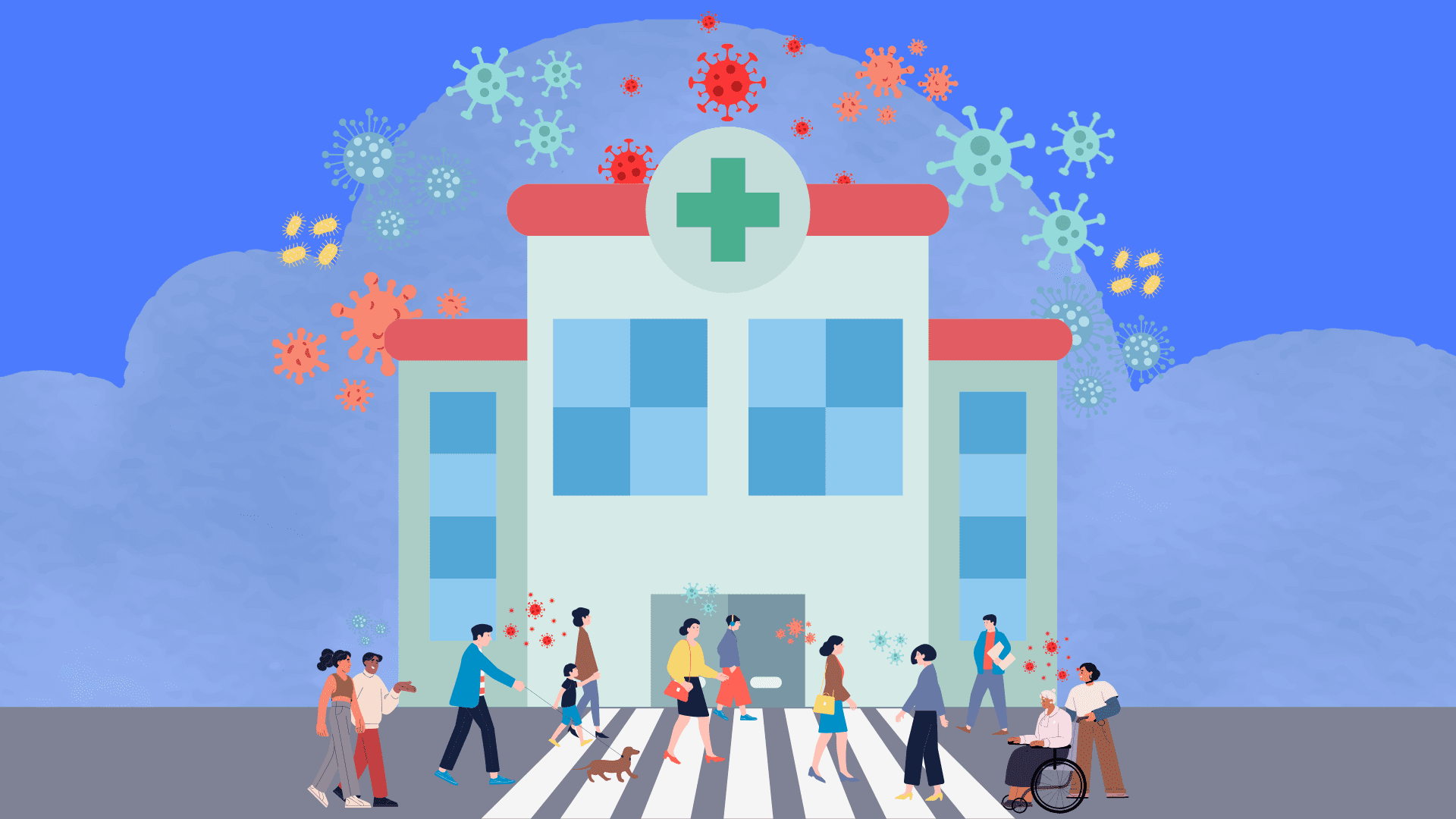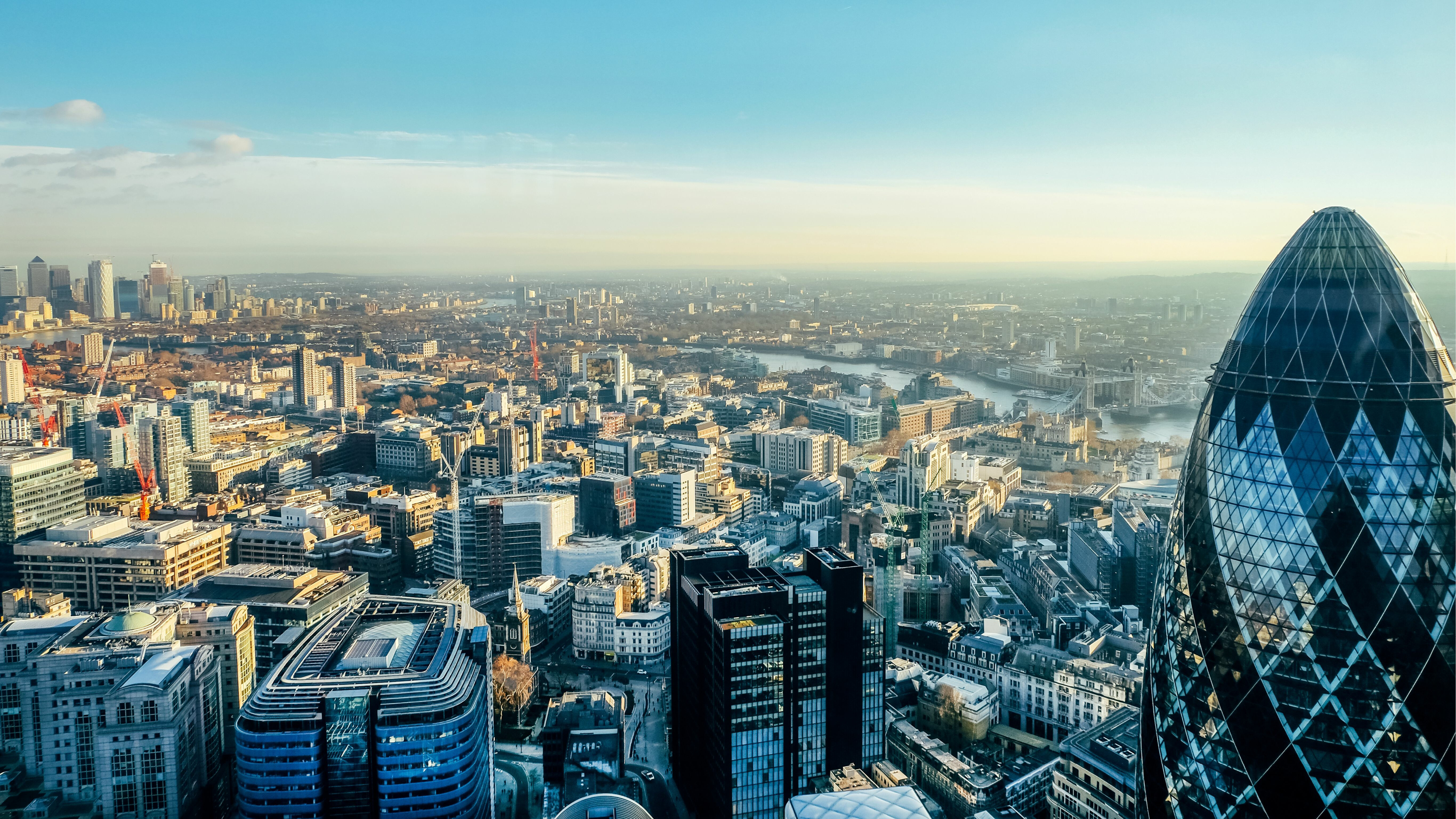15 Sep 2021 | Industry Insights
How important will technology be in the race to Net Zero?

One of the leading culprits of climate change is the built environment. It accounts for almost 40% of global CO2 emissions, therefore, it is vital that the industry utilises new technologies in order to meet the ambitious targets of governments worldwide.
That is the reason behind Twinview, a browser-based digital twin platform designed specifically for the property sector. By connecting often-siloed building systems’ data to a 3D model which can be viewed on a single dashboard, building owners and facility managers can monitor individual or entire portfolio performance and decarbonise our buildings whilst making them smarter and more efficient.
Measuring and understanding the environmental impact of our assets is the best way we can make significant progress regarding the embodied carbon of materials – accounting for three-quarters of a building’s total emissions over its lifespan.
Artificial intelligence and machine learning
It is no secret that there is a vast amount of data available in the property sector, the only problem is that it is more than likely to be disjointed. Many buildings will have Building Management Systems (BMS) and Access Control, however, the data within them is rarely used.
Twinview unlocks access to your building’s data and aggregates this information by connecting information and data streams at an asset level into a model. Our powerful API then links data from other systems providing a huge amount of data.
In order to truly optimise a building, our digital twin utilises artificial intelligence allowing our buildings to predict and learn from performance. Ultimately, we could be looking at buildings becoming fully autonomous at some point in the future - for instance, adjusting the temperature based on occupancy levels or automatic hot-desk allocation.
The property sector has been analogue for decades which provides a problem when trying to implement machine learning. After analysing data sets from hundreds of office buildings around the world, our data scientist has successfully developed an algorithm that can predict energy use for up to a year in advance – enabling building owners to develop an understanding of their carbon footprint as well as the associated costs involved.
All of this information is displayed on our easy-to-use dashboards where the user can visualise and analyse the data and statistics most important to them before implementing methods to further reduce their environmental impact.
IoT and sensors
In the last few years, the Internet of Things (IoT) market has exploded due to an increase in accessibility and affordability.
Twinview’s deployment of IoT and sensors make it possible for your building to gather the necessary data to gain an in-depth understanding of energy consumption. By placing wireless IoT sensors throughout a building, it is possible to collect real-time information at a granular level that can be used for remote monitoring on things such as:
- Energy consumption for lighting, HVAC and ventilation
- Occupancy of rooms
- Temperature/humidity of rooms
- Air quality
- Usage patterns
Having greater visibility and insight into your building’s current energy consumption and environment is critical for understanding where – and how – to improve.
Twinview is a browser-based digital twin platform for the property sector connecting building systems’ data to a 3D model viewed on a single dashboard. Twinview becomes your first step to achieving Net Zero by providing continuous live data and an optimised building performance whilst reducing costs and improving the user experience. Book a demo today.
Related insights

Preserving the Past Through the Future: How Digital Twins Are Transforming Heritage Conservation
Discover how digital twins are transforming heritage conservation. Historic buildings face growing threats from climate change, material decay and visitor impact, yet traditional maintenance methods are often reactive and unable to prevent long-term damage. This article explores how digital twins offer a new path to proactive preservation, giving conservation teams powerful insight without compromising historical integrity. Whether a building is centuries old or lacks detailed plans, Twinview enables conservation teams to start small and build meaningful insight step by step. With digital twins, we can shift from reactive repairs to predictive preservation, protecting authenticity while planning confidently for the future. Explore how technology can give history a digital life.
Read more

Industry Insights
Digital Twins for Infection Control in Hospitals: Supporting Safer Healthcare Environments
Infection prevention has always been central to safe healthcare, but COVID-19 exposed how vulnerable hospitals can be to outbreaks. Digital twins like Twinview offer hospitals real-time insight into how buildings are used, from patient flow and air quality to occupancy and cleaning. By creating a live 3D model of the facility, Twinview helps teams identify high-risk areas, optimise ventilation and target cleaning where it’s needed most. It supports smarter admissions, safer waiting areas and data-driven decisions that reduce infection risks. Rather than predicting every outbreak, Twinview highlights unsafe conditions early, empowering hospitals to act fast. Integrated with IoT sensors and building systems, it enhances compliance, safety and efficiency. As digital twin technology evolves, Twinview’s potential grows, supporting AI-driven analytics, clinical integration and sustainable, infection-resilient hospital design for the future.
Read more

Industry Insights
Designing Sensory-Aware Cleaning Schedules for SEN Students
For students with Special Educational Needs (SEN), the physical environment can deeply influence comfort, focus and wellbeing. Routine cleaning, when not planned with sensory awareness, can unintentionally cause distress, from strong chemical smells to loud equipment or sudden changes in room layout. A platform like Twinview helps schools design predictable, sensory-aware cleaning schedules by combining data on occupancy, air quality and environmental conditions. Facilities teams can identify sensitive zones, schedule low-disruption cleaning times and track improvements over time. By integrating cleaning routines into a whole-school approach to sensory wellbeing, schools can reduce stress, improve focus and create environments that feel calm, safe and inclusive. Twinview turns everyday facilities data into meaningful action, supporting schools to build spaces that are not only clean and efficient, but welcoming and accessible for every learner.
Read more
Book your one-on-one appointment with one of our specialists.
info@twinview.com
+44 (0)844 800 6660
London
24 Greville Street
Farringdon
London
EC1n 8SS
Newcastle
Spaceworks
Benton Park Road
Newcastle upon Tyne
NE7 7LX


